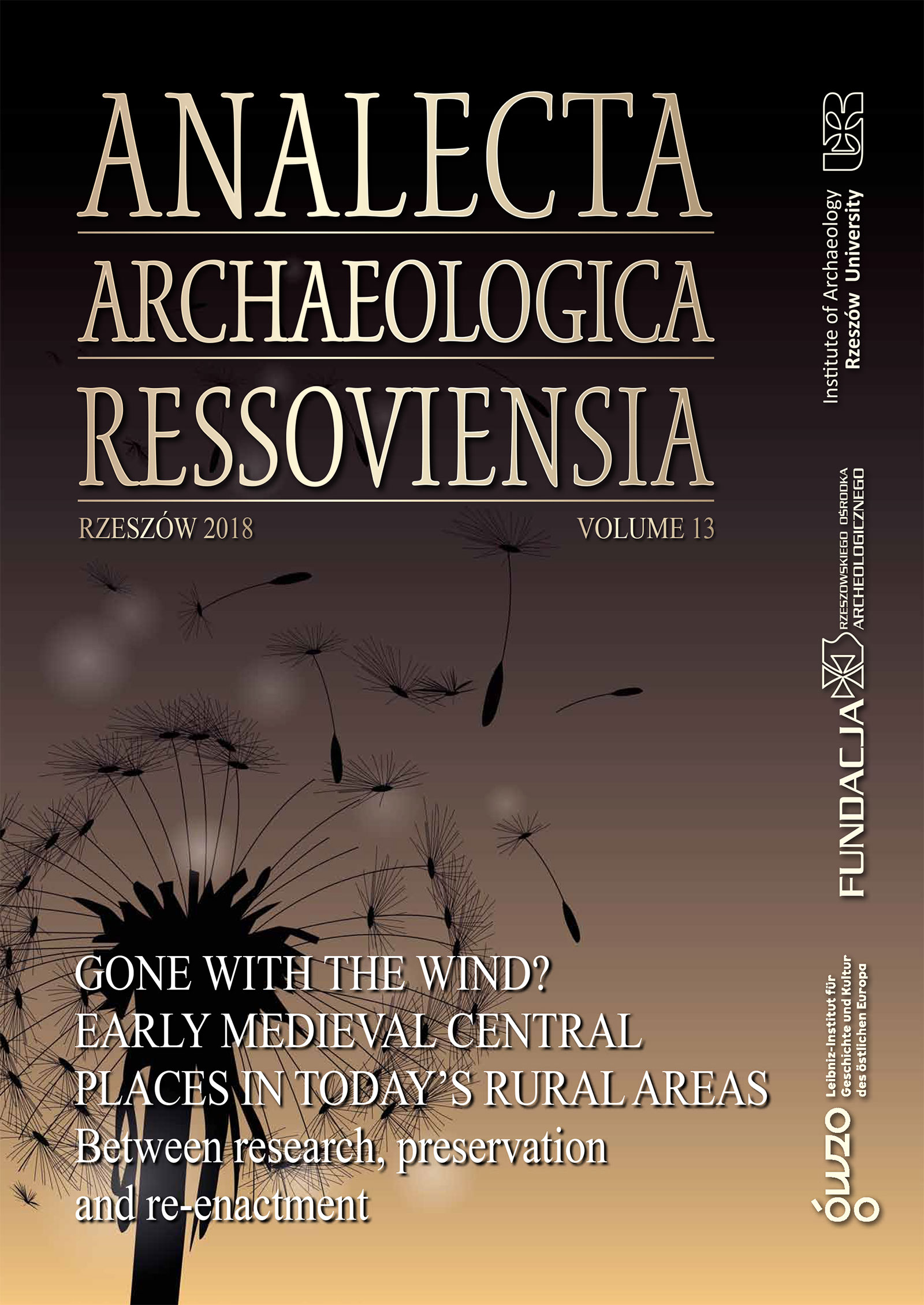The Early Piast Settlement on Ostrów Tumski (Cathedral Island) in Poznań – the Popularisation of Heritage from the Standpoint of the Genius Loci Archaeological Reserve
DOI:
https://doi.org/10.15584/anarres.2018.13.13Keywords:
archaeological heritage, early medieval stronghold, defensive constructions, museum exhibition – forms of presentationAbstract
In 2012, a new department of the Archaeological Museum in Poznań – the Genius Loci Archaeological Reserve – was established on Ostrów Tumski (Cathedral Island) in Poznań. The island is a unique historical space, where archaeological excavations have been underway since 1938. It is thanks to them that the scope of knowledge about the beginnings of both the Polish state and the city of Poznań has improved significantly, and the results of these works have altered historians’ knowledge. The reserve has been designed so that visitors can learn about the earliest history from the point of view of science, and accompany archaeologists and representatives of other modern disciplines in discovering the secrets of long forgotten areas of history. The structures of the perfectly preserved rampart of the Poznań stronghold and the soil profiles have been made accessible to visitors in the form of an archaeological excavation site. With the use of multimedia, discreetly placed throughout the exhibition, the entire spectrum of information about the Piast settlement from the 10th/11th century is presented, as is the rich collection of archaeological relics collected during many years of excavations. The article outlines the reserve’s activities to date and discusses the problem of reaching out to adults who seek a deeper and organised contact with culture.

